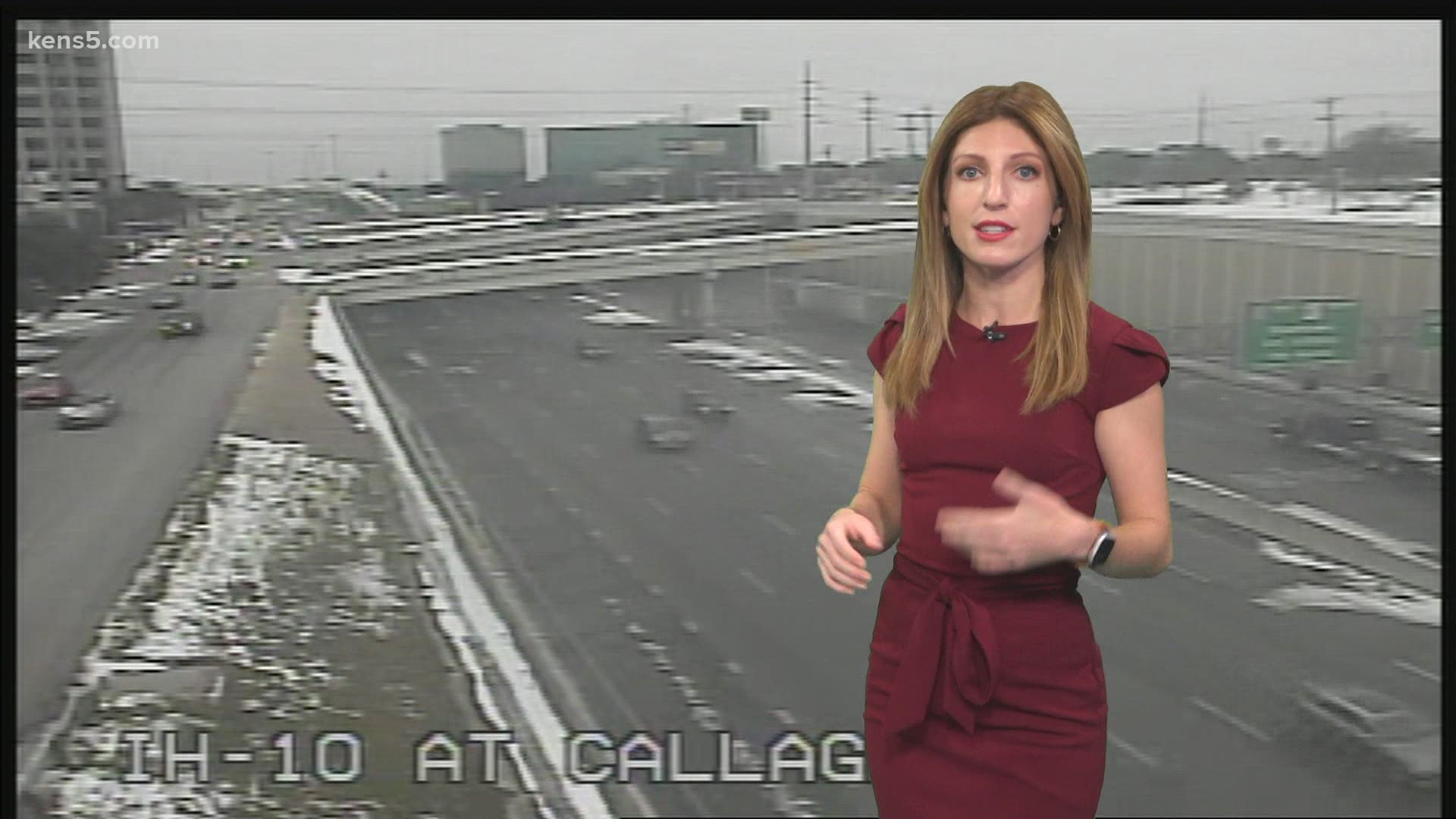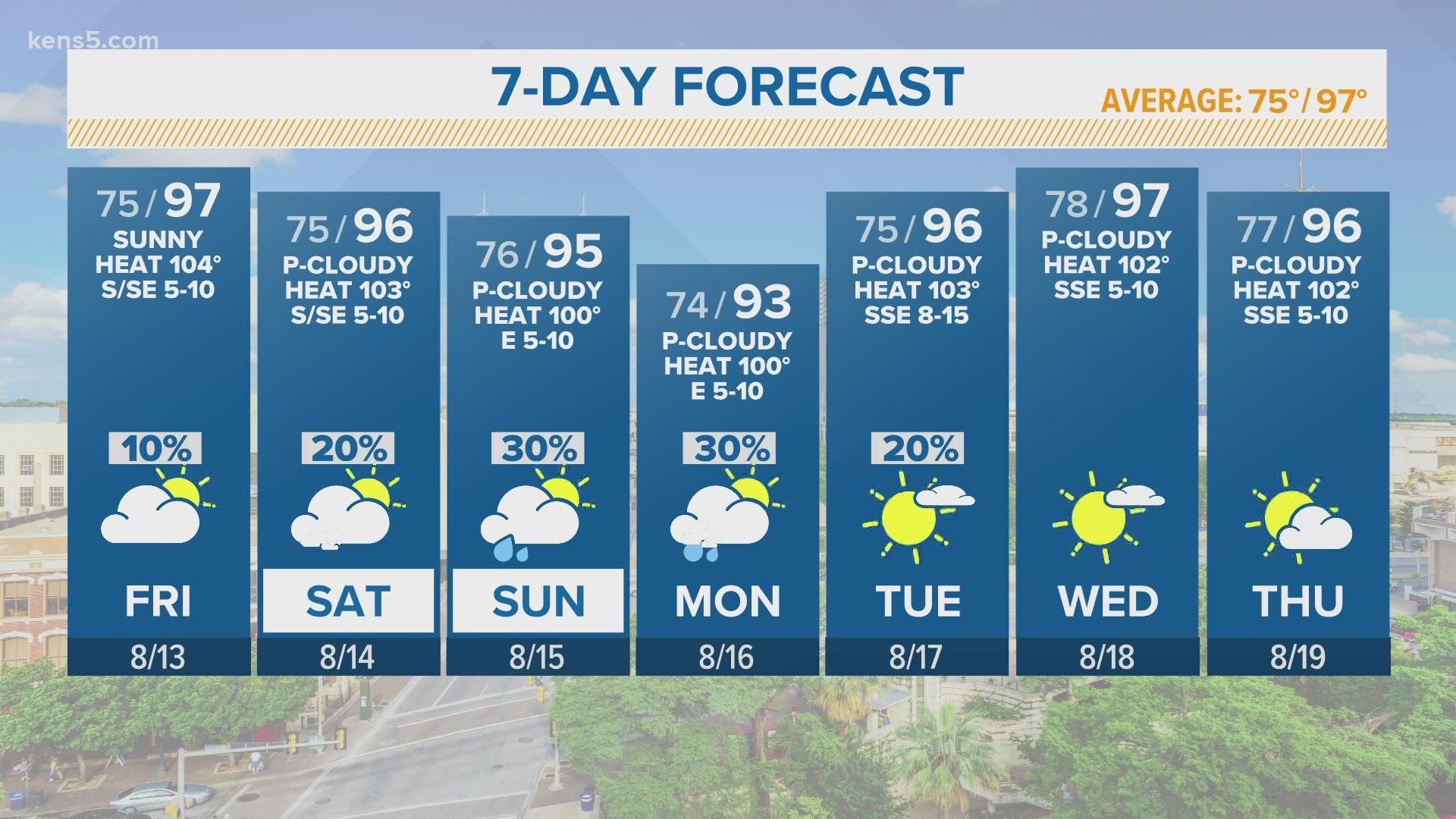Kens5 Weather A Deep Dive
Kens5 Weather isn’t just about the forecast; it’s about connecting with the community. This report delves into the reach of Kens5 Weather, analyzing its audience demographics, preferred platforms (website, app, social media), and geographical coverage. We’ll explore the content itself – from the types of weather information presented to the visual aids used and the overall tone of the broadcasts.
We’ll also compare Kens5 to its competitors, examining strengths, weaknesses, and potential areas for improvement.
Beyond the surface, we’ll dissect the technology behind the scenes, from data acquisition to presentation methods, and explore Kens5 Weather’s social media strategy and engagement tactics. Get ready for a comprehensive look at how this local news station delivers vital information to its viewers.
Kens5 Weather: Audience and Reach
Kens5 Weather serves a broad audience across the San Antonio, Texas, metropolitan area and surrounding regions. The demographic profile is diverse, reflecting the varied population of the region, encompassing age groups, income levels, and ethnic backgrounds. Understanding this diverse audience is crucial for tailoring content and maximizing engagement.
Demographic Profile of Viewers
The Kens5 Weather viewership likely includes a significant portion of families, professionals, and retirees, all with varying levels of interest in weather information. A substantial segment probably consists of individuals highly dependent on accurate weather forecasting for their daily activities, such as commuters, outdoor workers, and farmers. The demographic data is likely available through internal Kens5 analytics and market research.
Primary Platforms for Accessing Information, Kens5 Weather
Kens5 Weather utilizes multiple platforms to disseminate information. The primary methods include the Kens5 television broadcast, the Kens5 website (kens5.com), a dedicated mobile application (if available), and various social media channels such as Facebook, Twitter, and potentially Instagram.
Engagement Levels Across Platforms
Engagement levels likely vary across platforms. Television broadcasts probably maintain high viewership during critical weather events, while the website and app offer on-demand access and detailed information. Social media platforms likely see higher engagement during severe weather, providing opportunities for real-time updates and community interaction. Specific engagement metrics, such as website visits, app downloads, and social media interactions, would need to be analyzed for a complete comparison.
Geographical Area Covered
Kens5 Weather’s broadcasts and online services primarily cover the San Antonio metropolitan area, encompassing Bexar County and potentially extending to surrounding counties in South Texas. The exact geographical reach depends on the broadcast signal strength and the online platform’s accessibility.
Kens5 Weather: Content Analysis
Kens5 Weather provides a range of weather information, from daily forecasts to severe weather warnings. This section analyzes the content’s structure, presentation, and accuracy.
Examples of Weather Segments
Typical segments might include a daily forecast highlighting highs and lows, precipitation chances, and wind speeds; extended forecasts looking several days ahead; detailed severe weather coverage during storms, hurricanes, or other significant events; and feature segments discussing weather-related topics of interest to the local community, such as drought conditions or seasonal changes.
Types of Weather Information Presented
| Type of Information | Frequency of Presentation | Visual Aids Used | Accuracy Assessment |
|---|---|---|---|
| Temperature | Very High (multiple times daily) | Maps, graphs, animations | High, based on National Weather Service data |
| Precipitation | High (daily, hourly during events) | Radar imagery, rainfall maps | Moderate to High, dependent on forecast models |
| Wind | Moderate (daily, higher during severe weather) | Wind speed maps, animations | Moderate, influenced by model limitations |
| Humidity | Low (occasionally, during heat waves) | Graphs, charts | High, based on reliable sensor data |
Communication of Weather Warnings and Advisories
Warnings and advisories are communicated through visual alerts on screen, using standardized graphics and terminology defined by the National Weather Service. Urgent alerts are likely emphasized with distinct audio and visual cues, such as a specific tone and bright color scheme.
Use of Visual Aids
Source: kens5.com
Visual aids are crucial for conveying weather information effectively. Kens5 likely utilizes high-resolution weather maps, radar imagery, satellite data, and various graphics to illustrate temperature patterns, precipitation areas, and wind conditions. Animations help visualize weather system movements and evolution.
Kens5 Weather: Presentation Style and Tone
The presentation style and tone of Kens5 Weather are essential for connecting with the audience. This section explores the various aspects of their communication approach.
Overall Presentation Style
The presentation style is likely a blend of professional and relatable, aiming for a balance between conveying complex information accurately and maintaining audience engagement. The tone is generally informative but can become more urgent during severe weather events.
Language Used in Weather Reports
The language employed is a mix of technical terms and layman’s terms. While meteorologists might use professional jargon when discussing specific weather phenomena, they typically explain concepts in accessible language for a broad audience.
Comparison of On-Air Personalities
Different on-air personalities might exhibit varying presentation styles. Some might adopt a more serious and formal approach, while others might opt for a friendlier, more conversational tone. Consistency in accuracy and clarity is crucial regardless of individual styles.
Hypothetical Alternative Presentation Style
For a significant winter storm, a hypothetical alternative presentation style could involve using more dramatic visual aids, such as enhanced snow accumulation maps and animations showing the storm’s progression. The language could be more direct and urgent, emphasizing the potential dangers and recommending preparedness measures.
Kens5 Weather: Competitor Comparison
Understanding the competitive landscape is key for continuous improvement. This section analyzes Kens5 Weather’s position relative to its main competitors.
Main Competitors

Source: kens5.com
Three main competitors in the San Antonio area could include WOAI-TV (News 4), KSAT-TV (News 12), and possibly local news websites or apps providing weather information. These competitors offer varying levels of detail, accuracy, and presentation style.
Comparison of Weather Information
A comparative analysis would assess the accuracy of forecasts, the level of detail provided (e.g., hyperlocal forecasts), and the overall presentation style (e.g., use of visual aids, tone of communication). This analysis would require reviewing forecasts from each competitor over a period of time and comparing them to actual weather conditions.
Strengths and Weaknesses Comparison
| Competitor | Strength | Weakness | Key Differentiator |
|---|---|---|---|
| WOAI-TV (News 4) | Strong local presence, established brand | Potentially less detailed weather information | Emphasis on breaking news integration |
| KSAT-TV (News 12) | High-quality graphics and visual presentation | May lack hyperlocal detail in some areas | Strong digital presence and interactive features |
| [Competitor 3 – e.g., Local Weather App] | Hyperlocal forecasts, potentially user-friendly interface | Limited brand recognition, potentially less comprehensive coverage | Focus on niche audience and personalized alerts |
Improvements Based on Competitor Analysis
Based on the analysis, Kens5 could improve by enhancing hyperlocal forecasting, potentially integrating more interactive features into its website and app, and focusing on unique content such as specialized reports on local weather phenomena or community-based weather initiatives.
Kens5 Weather: Technological Aspects
The technological infrastructure behind Kens5 Weather is critical for delivering accurate and timely information. This section explores the technologies used and potential future advancements.
Technology for Data Acquisition and Forecasting
Kens5 Weather likely uses a combination of technologies for data acquisition and forecasting. This includes accessing data from the National Weather Service, employing sophisticated weather models (like the Global Forecast System or the High-Resolution Rapid Refresh), and potentially utilizing proprietary weather prediction algorithms. Data is processed and analyzed to create forecasts.
Kens5 Weather App User Interface and Functionality
Assuming a dedicated app exists, it likely features a user-friendly interface with intuitive navigation. Key functionalities might include customizable alerts for specific weather events, interactive radar maps, detailed hourly and daily forecasts, and potentially severe weather warnings. The app may also incorporate location services for personalized forecasts.
Visualization and Presentation of Weather Data
Various technologies are used to visualize and present weather data. This includes sophisticated mapping software, data visualization libraries, and animation tools. The combination of these technologies enables the creation of compelling and informative weather graphics and maps.
Potential Future Technological Improvements
- Integration of advanced AI and machine learning for improved forecast accuracy.
- Development of augmented reality features for interactive weather experiences.
- Enhanced personalization options based on user preferences and location.
- Improved data visualization techniques for better communication of complex weather patterns.
- Expansion of data sources to include more localized sensor networks.
Kens5 Weather: Social Media Engagement
Social media plays a significant role in reaching and engaging the audience. This section examines Kens5 Weather’s social media strategy.
Primary Social Media Platforms
Kens5 Weather likely utilizes Facebook, Twitter, and potentially Instagram and YouTube to interact with its audience. Each platform offers unique opportunities for communication and engagement.
Examples of Social Media Interaction
Examples include sharing daily weather updates, posting videos of on-air segments, responding to viewer questions and comments, providing real-time updates during severe weather events, and promoting weather-related community events.
Tone and Style of Communication
The tone and style vary across platforms. Twitter might be used for concise, real-time updates, while Facebook allows for more detailed posts and community interaction. Instagram might focus on visually appealing content, such as weather-related photography.
In this topic, you find that craigs list jackson mi is very useful.
Hypothetical Social Media Campaign
A hypothetical campaign promoting hurricane preparedness could involve a series of posts highlighting safety tips, emergency preparedness checklists, and information on evacuation routes. Visuals could include infographics and videos. The campaign could utilize targeted advertising to reach specific demographics.
Conclusion
Ultimately, understanding Kens5 Weather requires looking beyond just the daily forecast. This analysis reveals a complex interplay of audience engagement, content strategy, technological innovation, and competitive dynamics. By examining these elements, we gain a clearer picture of how Kens5 Weather serves its community and can identify potential avenues for future growth and improvement. From optimizing their app to refining their social media presence, there’s always room for a weather station to improve and connect more effectively with its viewers.







